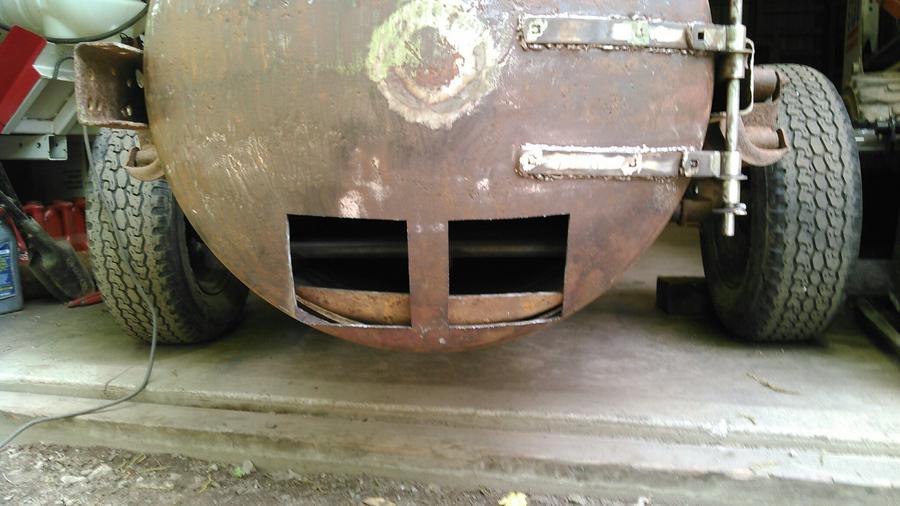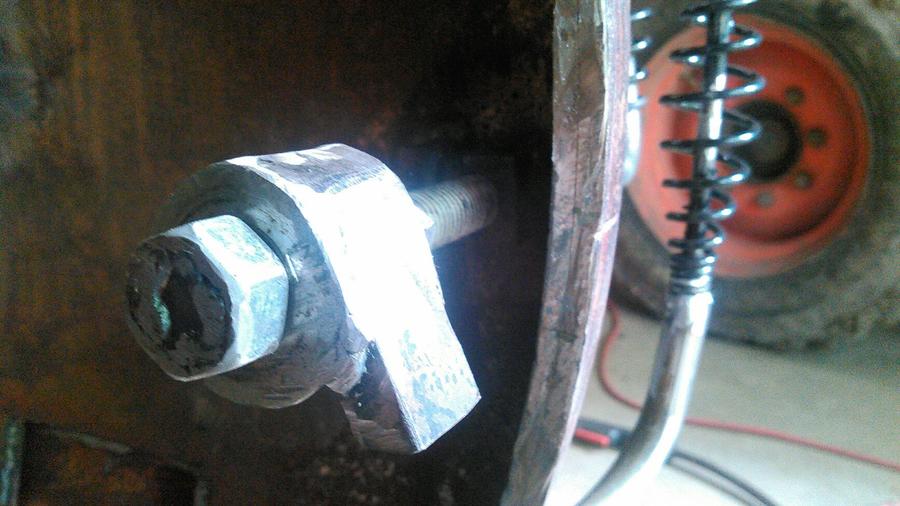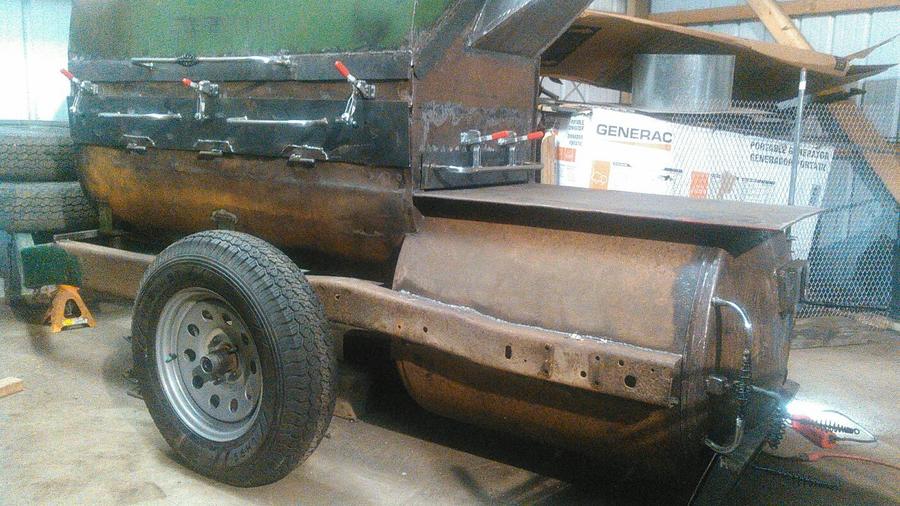- Oct 22, 2014
- 39
- 10
I am doing a lower and upper intake so I can have the best control over temps and air flow. I started on a lower inlet before LenDecaturAL offered a suggestion, but my plan is similar. The dome nature of the firebox door and the 6" x 2" metal I had means the lower inlet will be angled toward the ground instead of being perfectly vertical, but should work well. I'll post some photos when some progress is made. Thanks for the continued help.




























